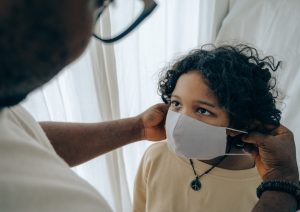LatinaLista — Inequality between women and men still exists in greater degrees in South America than they do anywhere else in the Western Hemisphere. A review of any telenovela makes the disparity between the sexes immediately apparent and underscores how social attitudes towards women in South America lag behind those of the United States.
As a result, it’s not surprising to learn from the latest report by WIDE: Globalizing Gender Equality and Social Justice, that women, especially the poor and most disenfranchised, are making strides today that are not only impacting their lives for the better but forcing an otherwise traditional machismo culture to adopt a new way to look at women’s roles in society.
The report, Economic Alternatives for Gender and Social Justice: Voices and Visions from Latin America highlights an interesting economic model known as Buen Vivir or Good Living. The crux of the concept is that it understands that the environment, financial and food sectors are all intertwined and can’t be separated from one another. What affects one area, impacts the others. In turn, they all impact humanity.
The concept is based on three things: “respect for nature, dialogue between cultures, and human dignity.” All three elements lie at the core of changing women’s lives in South America.
The report presents eight case studies each illustrating an aspect of Buen Vivir that was adopted by local women. The case studies deal with the social, political and economic empowerment that are key issues for grassroots women and highlight how women are the change agents for economic improvement.
For example:
The case study from Bolivia is about a women-led chain of food distribution in poor areas of Cochabamba. The income-generating project promoted economic justice for women through three main strategies: gender, interculturalism and political influence.
In Guatemala, the Ixpiyakok women’s organisation was created by a group of widows to raise awareness about good nutrition and local food production. The women negotiated small plots of land to grow their own food that guaranteed them a source of healthy, nutritious and cheap food.
The project didn’t just empower the women but made them realize that they wanted to take it a step further and hold community discussions about the food needs of their families and the role of local and state governments in helping with that issue.
The Kichwa community of Shiripuno, made up of 151 people, lives in the middle of the Ecuadorian Amazon forest, a few hours from Quito, the capital city. in 2005, the 22 women of the community started an organisation called AmuKisHmi (Kichwas Women’s Association of Schiripo-Misahuallì) to improve their conditions and those of their families by promoting an economic and cultural alternative based on community tourism related to the defense of the environment and to the rehabilitation of their rights.
Each of these case studies underscore a simple fact:
Another world is possible and these poor, urban, peasant and indigenous women of Latin America are contributing to shape new visions and alternatives to capitalism.





